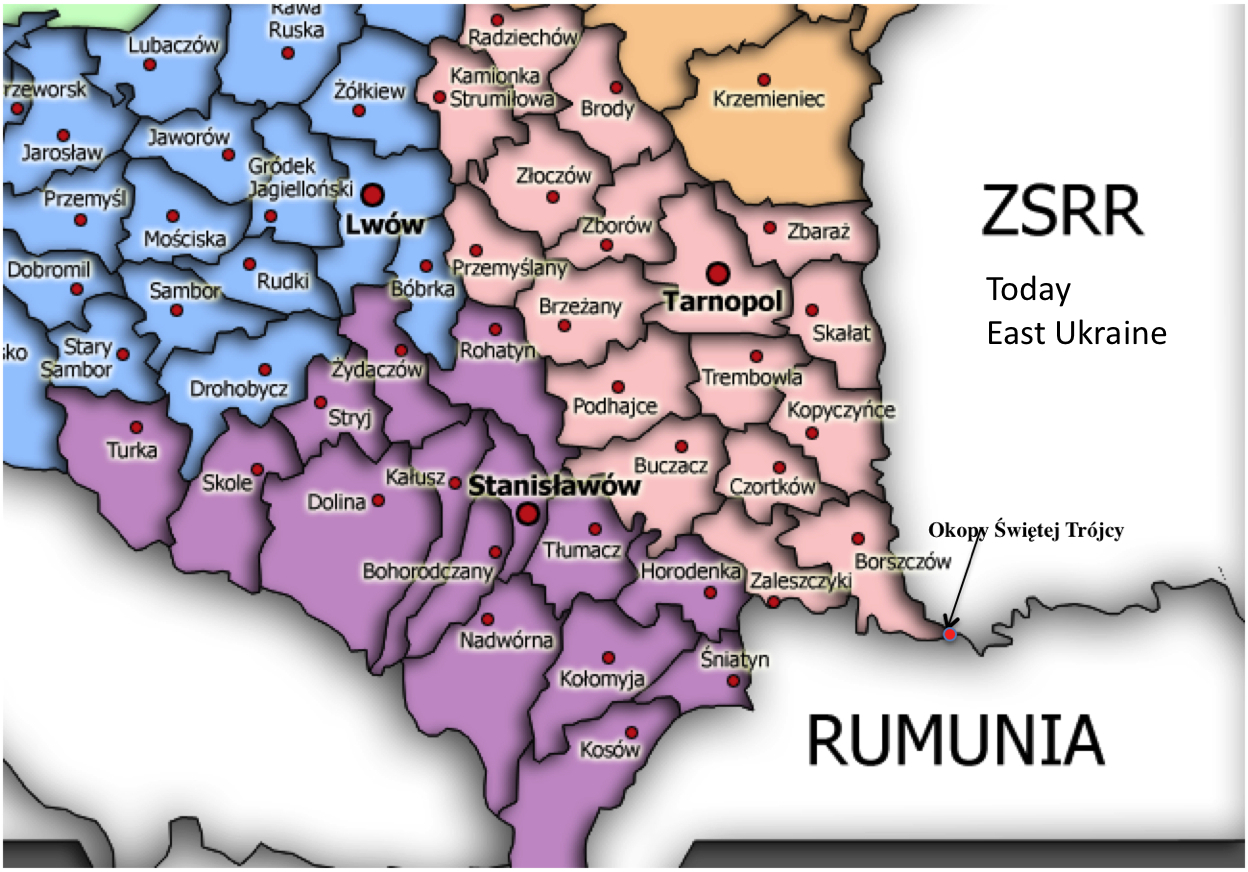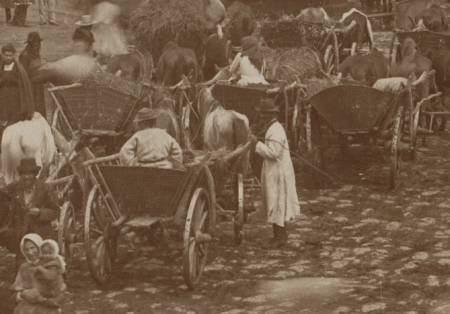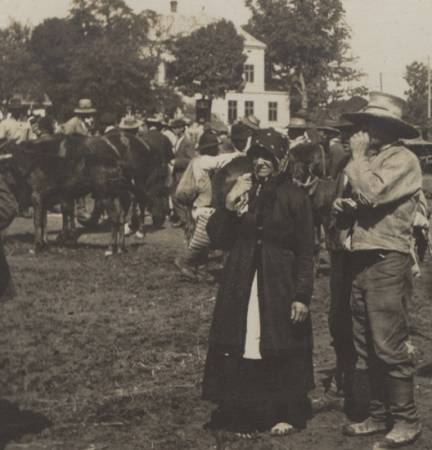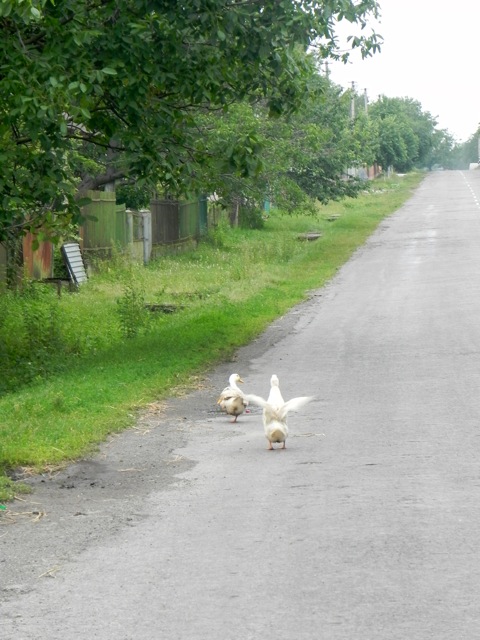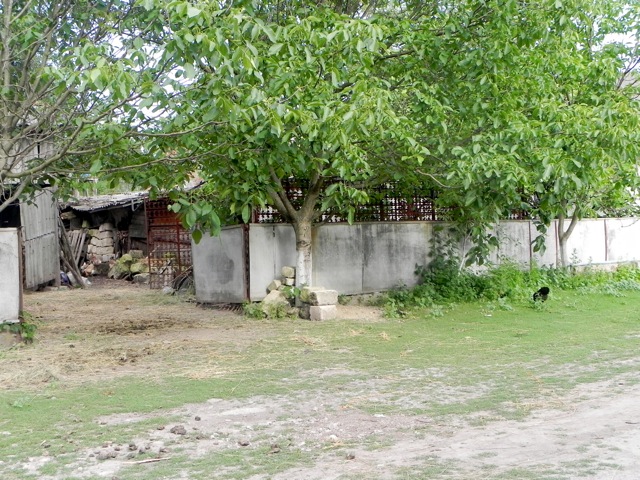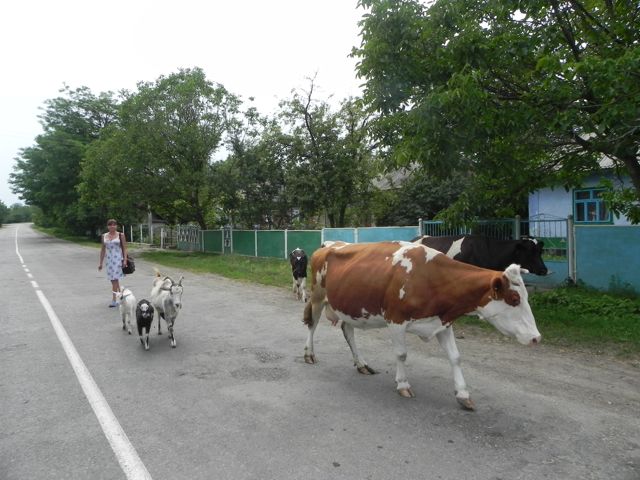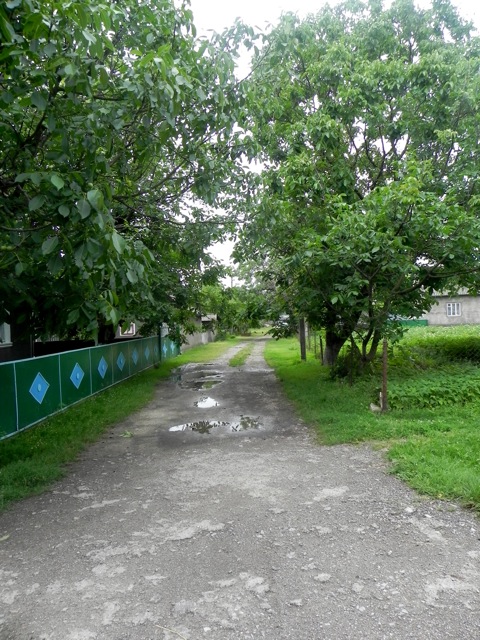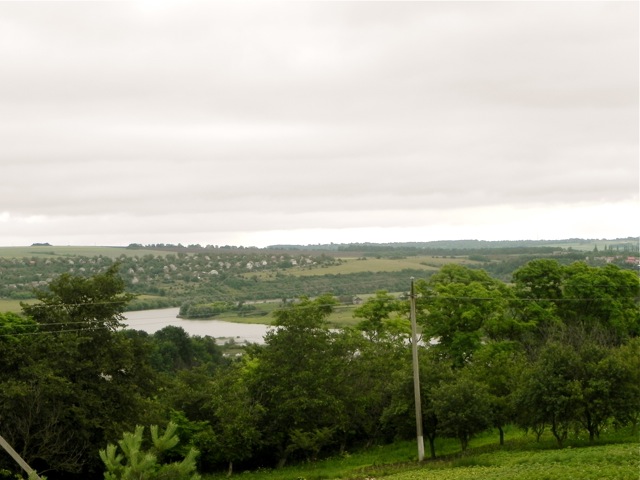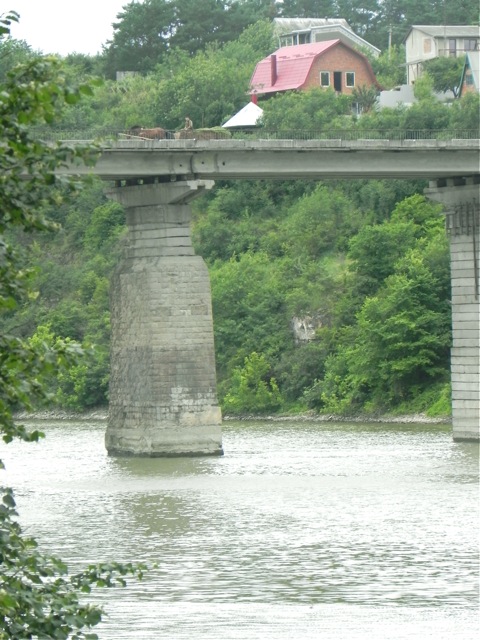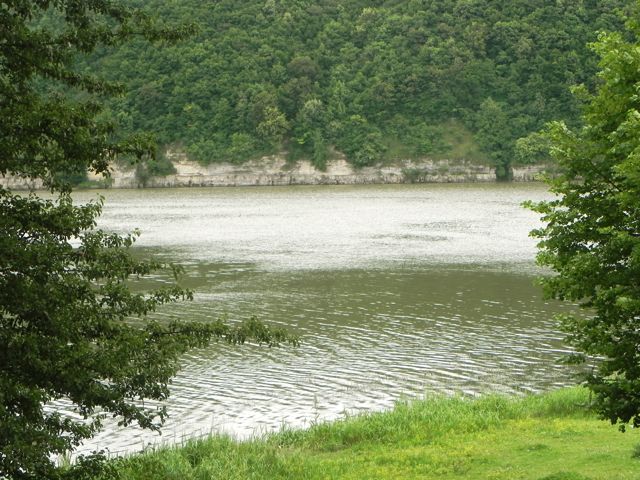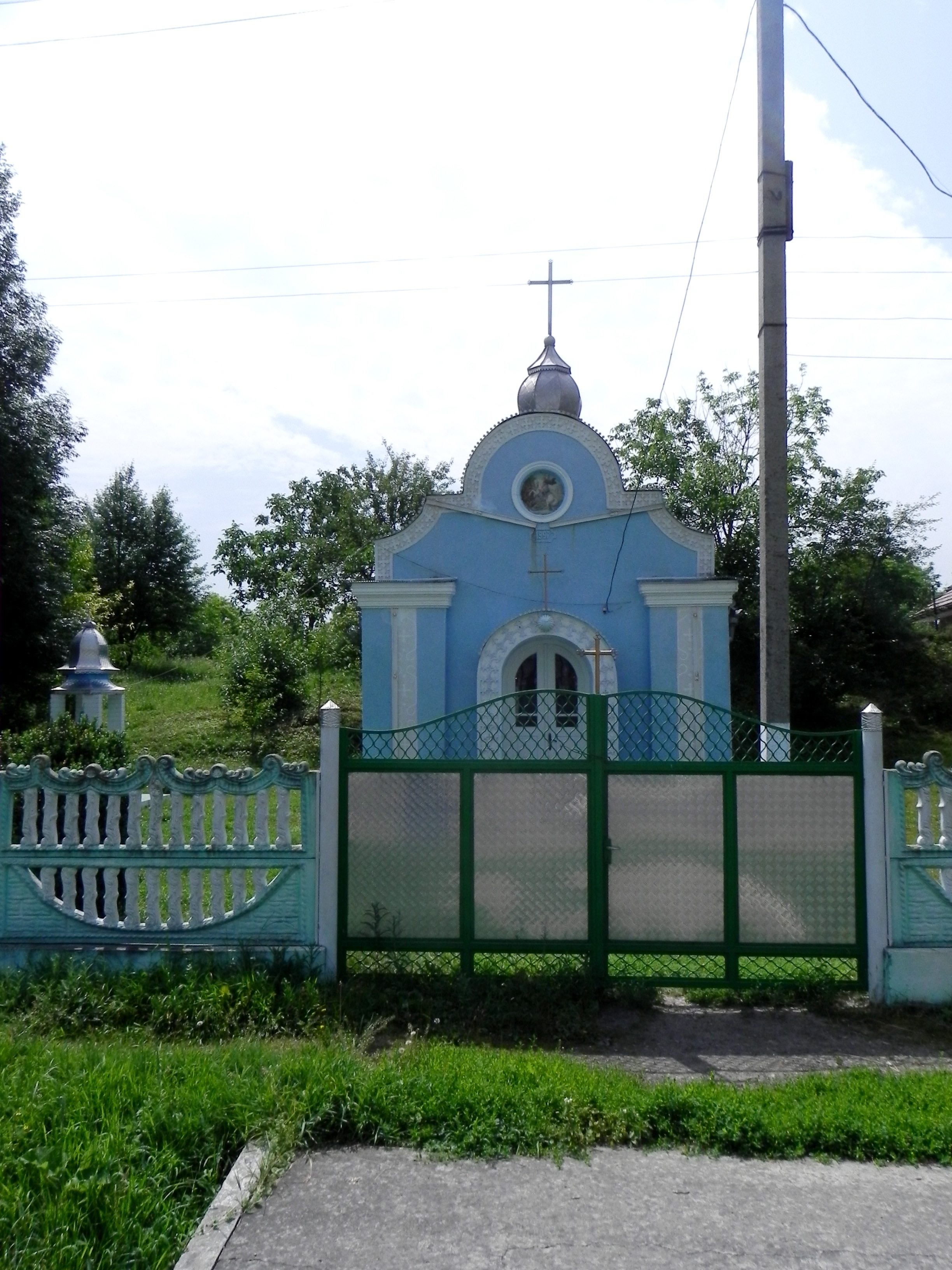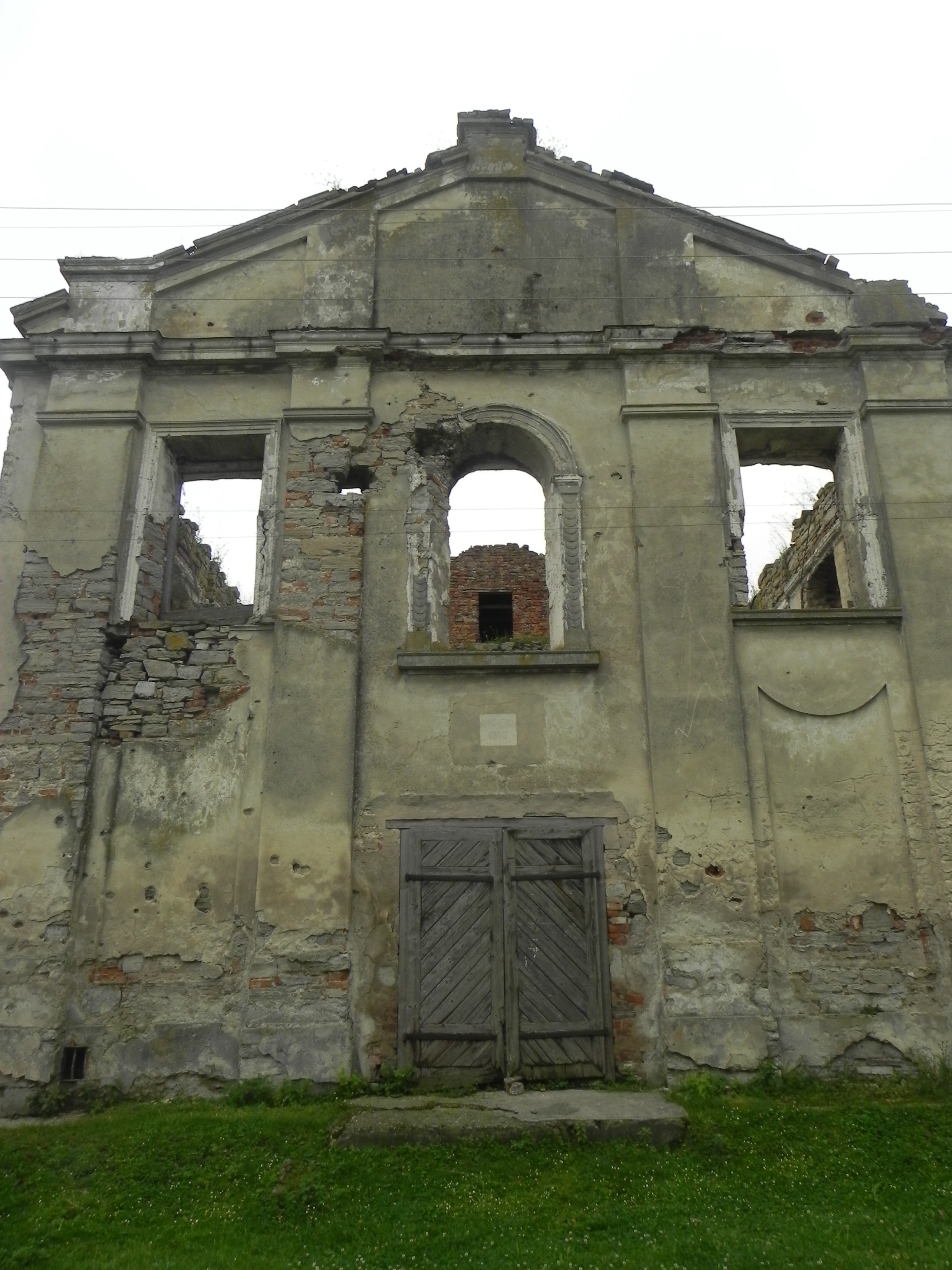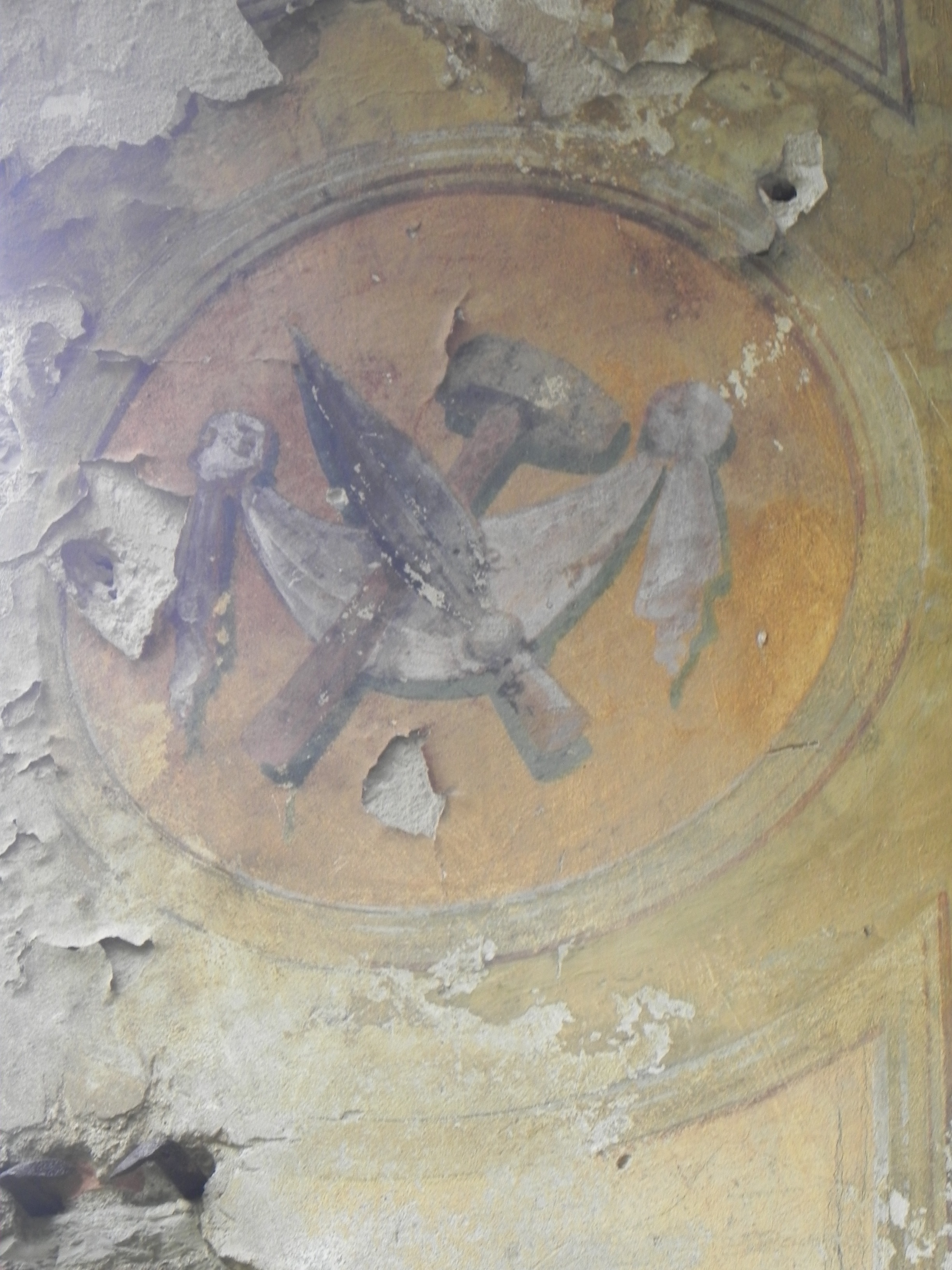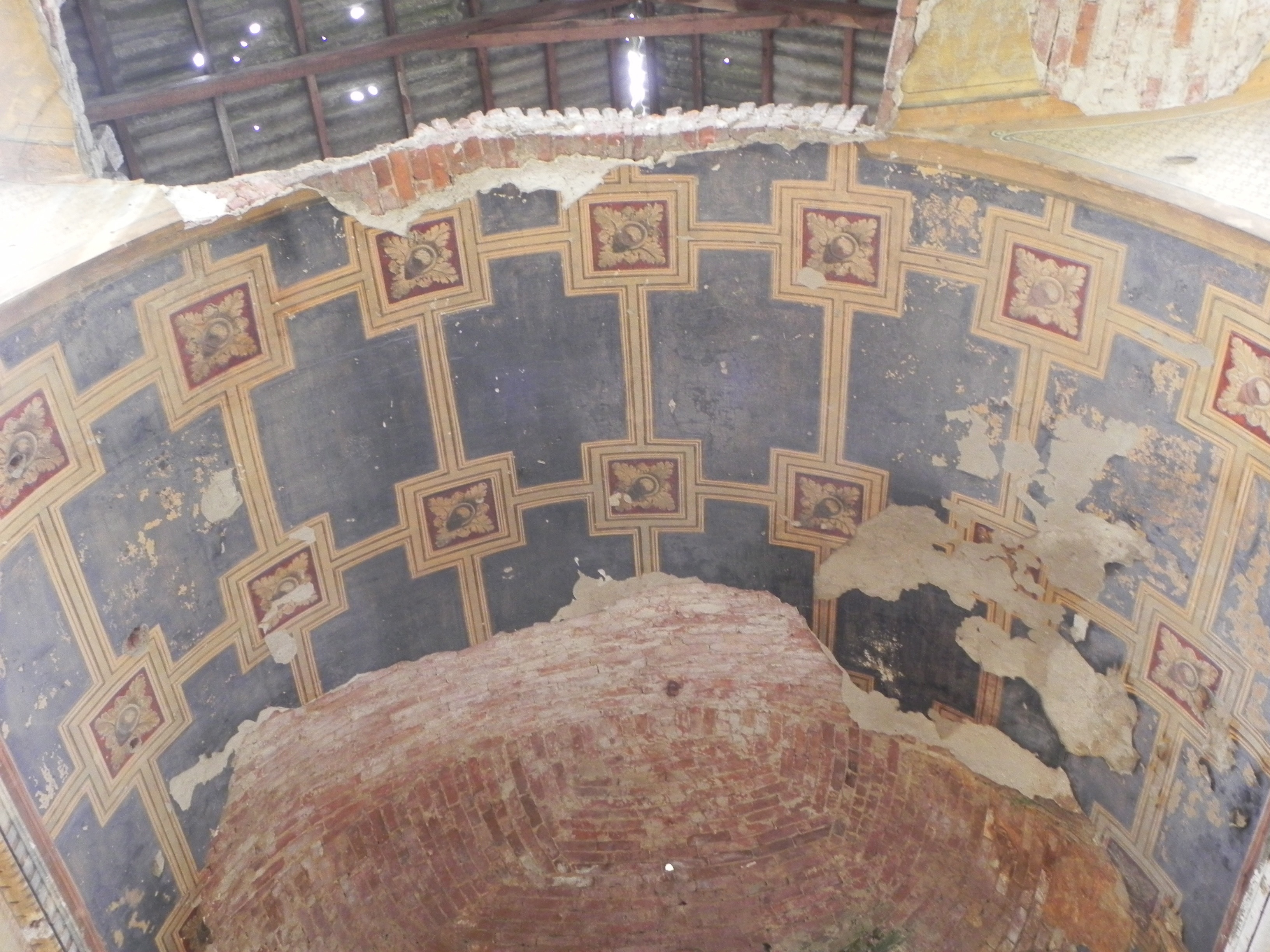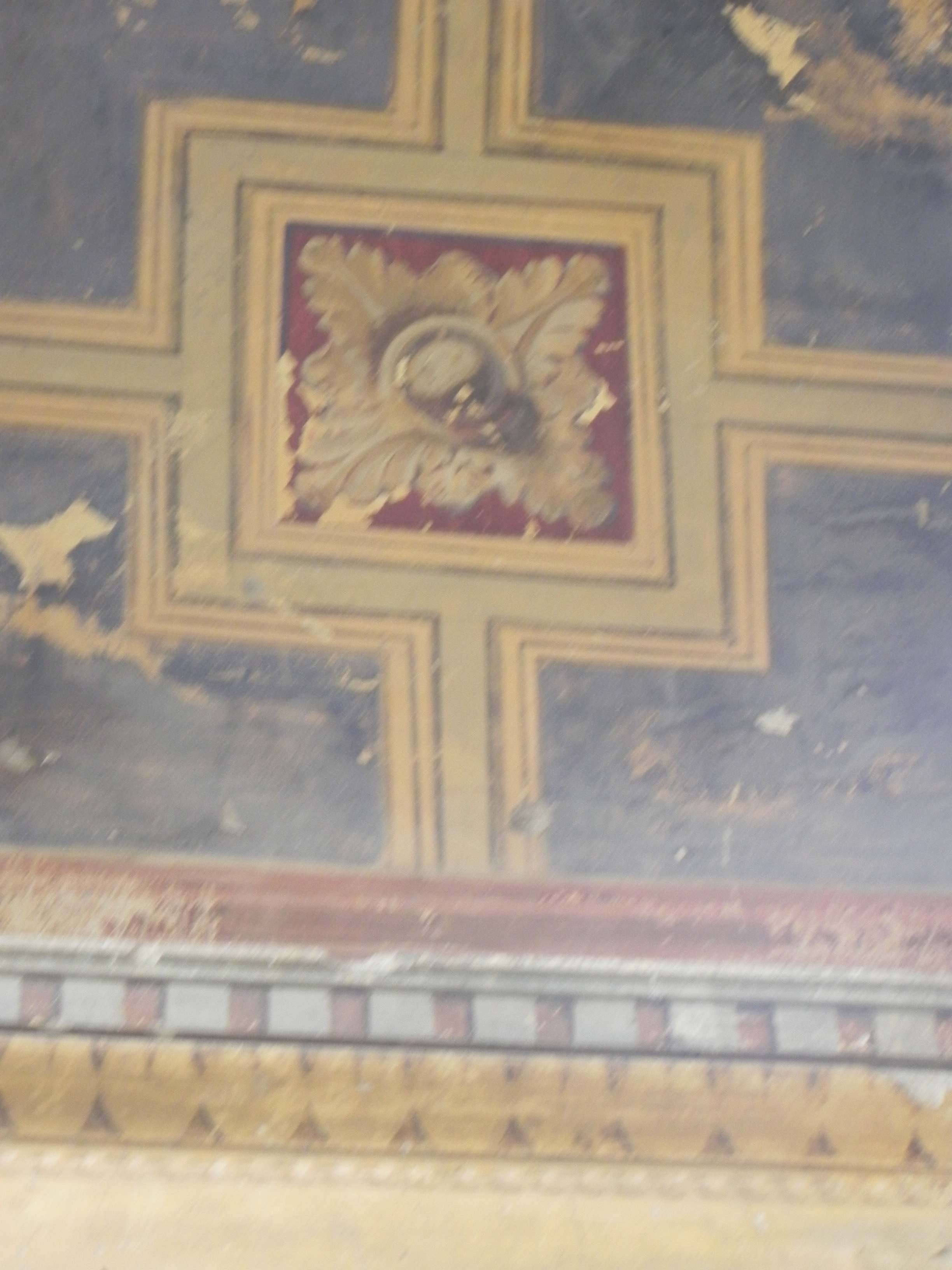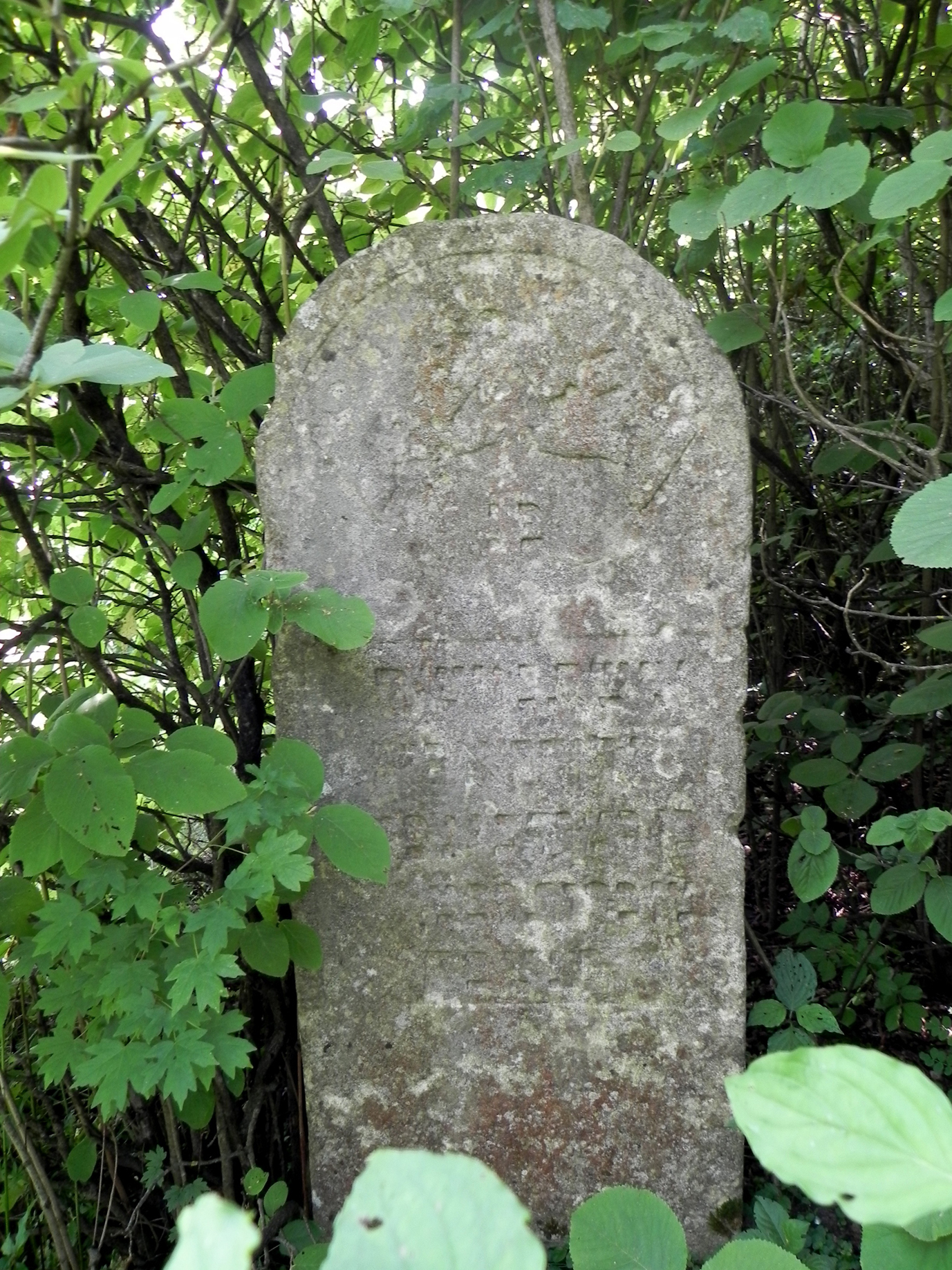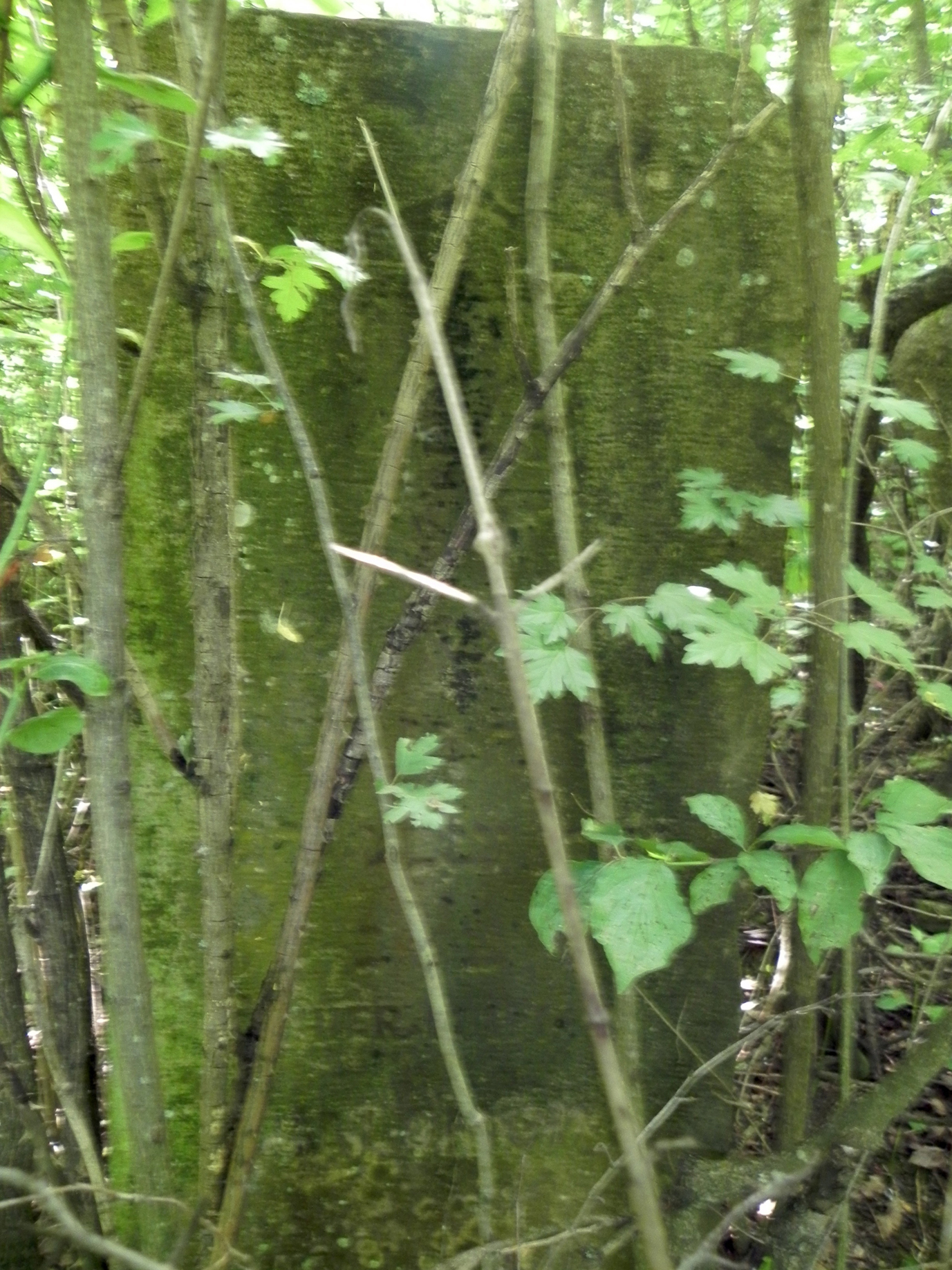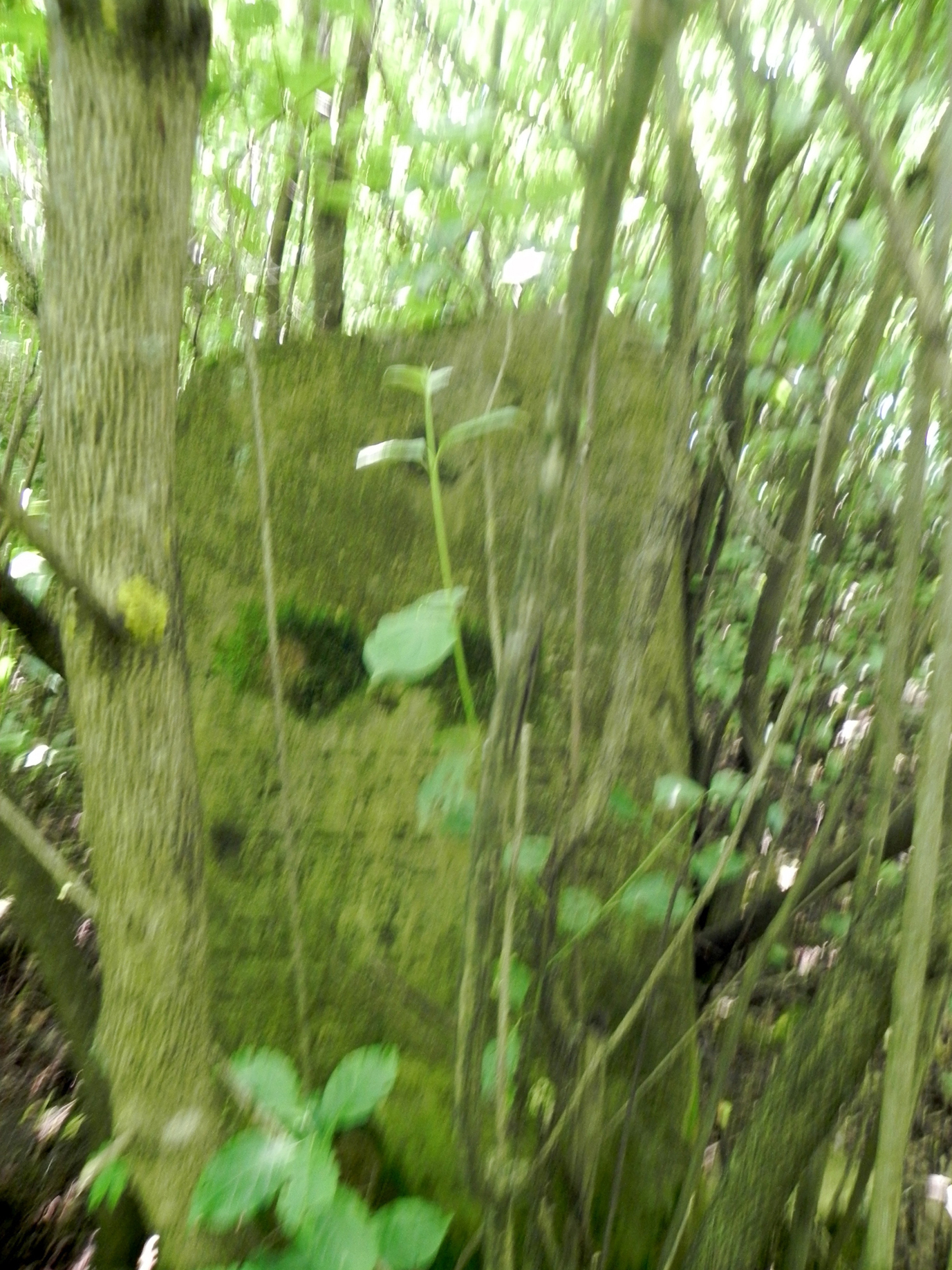OKOPY SWIETEJ TROJCY
|
Administrative Map of the Second Polish Republic 1938. The Provinces of Lwow, Stanislawow and Tarnopol now constitute the Western Oblasts of, respectively, Lviv, Ivano Frankivsk and Ternopil in the State of Ukraine. |
||||||||||
|
It is situated at the meeting of the Zbruch and Dniester rivers and from the tower of the Lwow Gate of the stronghold, my father recalled fondly, you could see Kamieniec Podolski as if it were lying in the palm of your hand. Okopy Swietej Trojcy's stronghold and the neighbouring town were built in 1692, by Stanislaw Jan Jablonowski, Grand Hetman of the Crown, to counter the Turkish threat to the Polish-Lithuanian Commonwealth. |
|||||||||||
After the first Partition of Poland in 1772, the village and the remains of the stronghold became the easternmost point of Austrian Galicia. The nearby town was abandoned, and the inhabitants of the village moved inside of the fortress walls. Most of the houses that were built were made from the stones that had been used to construct the earlier defensive walls. On November 3, 1918, eight days before the end of World War I, Okopy Swietej Trojcy came under the rule of the newly proclaimed West Ukrainian Republic, which claimed sovereignty over Eastern Galicia, the Carpathians, Volhynia, Carpathian Ruthenia and Bukovina, with Lviv (Lwow) as capital. Between the two World Wars, the village was known for its wineries and apricot orchards (other sources claim it was peach orchards) and became a holiday centre for the inhabitants of Tarnopol and Lwow. With the Soviet invasion of Poland on September 17, 1939, following the Molotov-Ribbentrop Pact, Okopy Swietej Trojcy came under the sovereignty of the USSR until the Nazi invasion of the USSR at the end of June 1941 . The USSR took over the region again in the spring of 1944.
After World War II, the village and the region became part of Soviet Ukraine. It was renamed "Okopy", was turned into a kolkhoz, and was soon depopulated. The current (2010) total population is only 557 persons, all of them Ukrainians. In June 2010 the village seemed to fit exactly its description in my father's stories about his childhood and adolescence in the 1920's, as well as the images in old photographs and postcards of the region from the 1930's that I encountered when preparing this website.
The scenery is still as sumptuous as my father had described it and the Zbruch and Dniester still as majestic. Peasants still cross the bridge bringing fresh hay on their horse-drawn carts to the other side and, some 65 years after the last Jews and Poles disappeared from Okopy, the more affluent residents of Lviv now rediscover the marvels of Okopy's banks as a place to build their summer residences, like in the good old times...
|
|||||||||||

